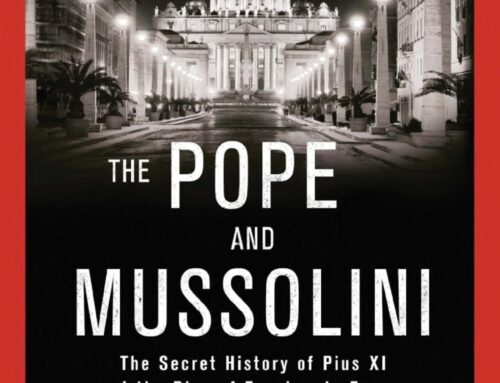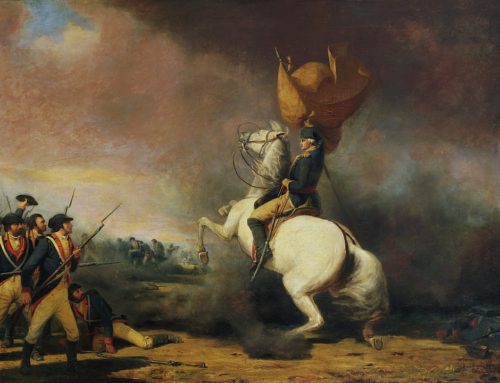I have learned a lot about the role of Great Britain and the United States during the Civil War from a Book, A World On Fire.
In discussing the United States, we must recognize the Confederate States were anxious to get Britain to recognize the South. Moreover, British recognition would have led to French recognition. In all likelihood, having support from both of these nations would have meant that the Confederacy would have prevailed. The only foreign country that did recognize the Confederacy was the Vatican!
Alternatively, a state of war between the United States and Britain would have led to an American invasion of Canada which had only 5,000 troops to fend off the United States.
What was the major impediment to Great Britain not recognizing the Confederacy? The British were opposed to slavery. Britain had abolished slavery in 1833. Moreover while the Upper Classes in Britain had sympathy with the South and admired their way of life, the middle and lower British classes favored the North. They felt that there was a “special relationship with the United States” based on language, migration, evangelical Protestantism, liberal traditions, and extensive trade.
A major supporter of the North was Prince Albert and Queen Victoria. Unlike today, where the monarch’s position is opaque, in that era Victoria could clearly state her preferences. While the Emancipation Proclamation was not very popular even in the North, it assured Great Britain would not support the Confederacy.
To gain support for the South, her advocates made the spurious argument that the South would forsake slavery once they got their independence. Interestingly enough, in discussing slavery, the subject was referred to as “the peculiar institution.”
The likelihood of the Confederacy being successful was relatively high. In order to defeat the South, the North needed to expend tremendous amount of resources. The North had to blockade Southern ports to prevent exports and imports. The North had to occupy a tremendous amount of territory. To put this in perspective the size of South Vietnam is comparable to Florida. The 11 states that composed the Confederacy was significantly larger. Moreover, Southerners were committed to their independence. About twenty-five percent of white males of military age died from the South during the Civil War.
Let me mention some interesting things that I learned from the book.
Trent Affair
The Trent Affair threatened a war between the United States and the United Kingdom. The U.S. illegally captured two Confederate diplomats (James Mason and Robert Sidell). The USS San Jacinto intercepted the RMS Trent and removed James Mason and John Sidell. The envoys were bound for Britain and France to press the Confederacy’s case for diplomatic recognition and to lobby for possible financial and military support.
Initially, Americans, including Lincoln, applauded the illegal action. However, in recognition that this incident would likely lead to British recognition of the Confederacy, the Lincoln administration after several weeks released the envoys and apologized. Lincoln’s pragmatism needs to be applauded because most people in the North supported the capture of Mason and Sidell.
CSS Alabama
CSS Alabama was a screw sloop-of-war built in 1862 for the Confederate States Navy near Liverpool, England. Alabama was a successful commerce raider, attacking Union merchant and naval ships over a two-year career. She was sunk in June 1864 by USS Kearsarge, near France.
The ship was built in secrecy in 1862 by British shipbuilders John Laird Sons and Company. Although in theory Great Britain was neutral and therefore should not have built a ship for the Confederacy, there was a loophole. A ship could be built if it was not armed until it sailed into international waters. The Alabama burned 65 Union vessels, valued at $92 million in today’s dollars.
The Confederacy had limited ability to build ships. This put it at a disadvantage to the North because the Confederacy needed to run the Union blockade of Southern ports. The South needed to import many goods to survive and also needed to export cotton and tobacco.
Over time, the British government took added precautions to prevent British shipbuilders from building ships for the Confederacy.
Lincoln Letter to People of Manchester (1863)
In 1863, Abraham Lincoln wrote the ‘working men of Manchester’ thanking them for their anti-slavery stance. In 1862, Lancashire mill workers, at great personal sacrifice, took a principled stand by refusing to touch raw cotton picked by US slaves.
60% of spindles and looms of Lancashire lay idle because of the Union blockade of Southern ports. The owners of the mills wanted the Royal navy to smash the blockade. In stark contrast to the owners, the workers at the Manchester Free Trade Hall in 1862 supported Lincoln’s embargo. The mill workers faced starvation and destitution. Lincoln wrote “ sublime Christian heroism, which has not been surpassed in any age or in any country.”
Maximilian I of Mexico (1832-1867)
Very few people are aware that France invaded Mexico in 1861 and established a puppet regime. In seeking legitimacy, France asked Maximilian, the younger brother of Francis Joseph I to rule Mexico.
The democratic forces of Mexico under Benito Juarez never accepted French rule and fought guerrilla action against the regime. After the end of our Civil War, France was forced to withdraw her troops. Maximilian foolishly stayed in Mexico rather than returning to Europe. Ultimately, he was captured by forces loyal to Juarez and he was executed in 1867.
Interestingly enough Benito Mussolini was named after Benito Juarez.
Emancipation Proclamation
The Emancipation Proclamation was executive order issued by President Abraham Lincoln on January 1, 1863. It changed the legal status of more than 3 million slaves in designated areas of the South. They became legally free. On September 22, 1862 Lincoln issued a warning that ordered the emancipation of all slaves in any state that did not end its rebellion.
The Emancipation Proclamation broadened the goals of the Civil War from maintaining the Union to freeing the slaves. After the Emancipation Proclamation, Great Britain could not recognize the Confederacy given the broad support for abolition among the middle classes in Britain. Interestingly enough, the Emancipation Proclamation was not popular among the working class in the North because workers saw competition for jobs from Blacks who would work for less.
On January 1, 1865 the 13th Amendment was passed that required Southern States to accept abolition as a condition for reentry into the Union.
Riots NYC 1863
July 13-16 were violent riots in NYC, primarily by poor Irish Catholics. It was the largest civil and racial insurrection except for the Civil War.
Irish Catholics were upset by two things: 1) The draft (Blacks were excluded from the draft) and 2) Competition from blacks for jobs.
The exact death toll during the draft riots is unknown, but about 120 people were killed and 11 black men were lynched. 50 buildings were burned to the ground. To suppress the riot, union soldiers from the Battle of Gettysburg were rushed to NYC.
Tammany Hall, a political machine, supported the rioters. Irish Catholic workers were infuriated that they were subject to the draft while wealthy people could hire substitutes.
NYC economy was tied to the South. Half of its exports were cotton shipments.



